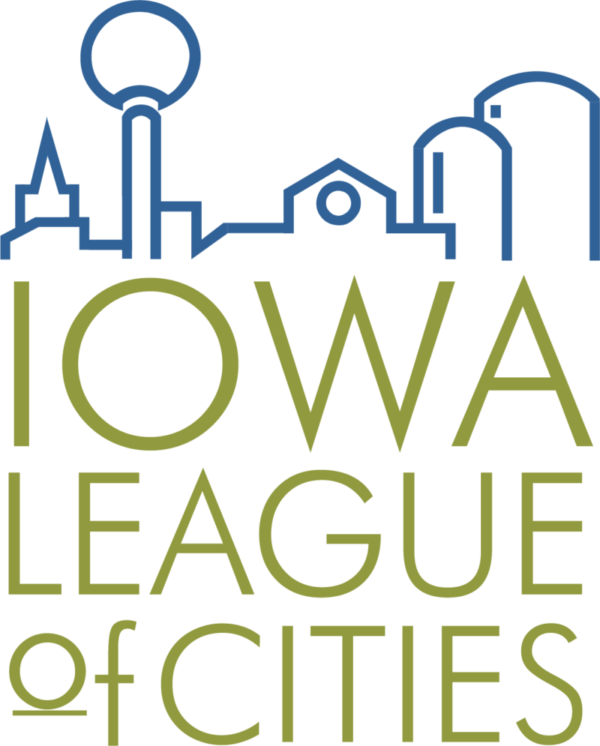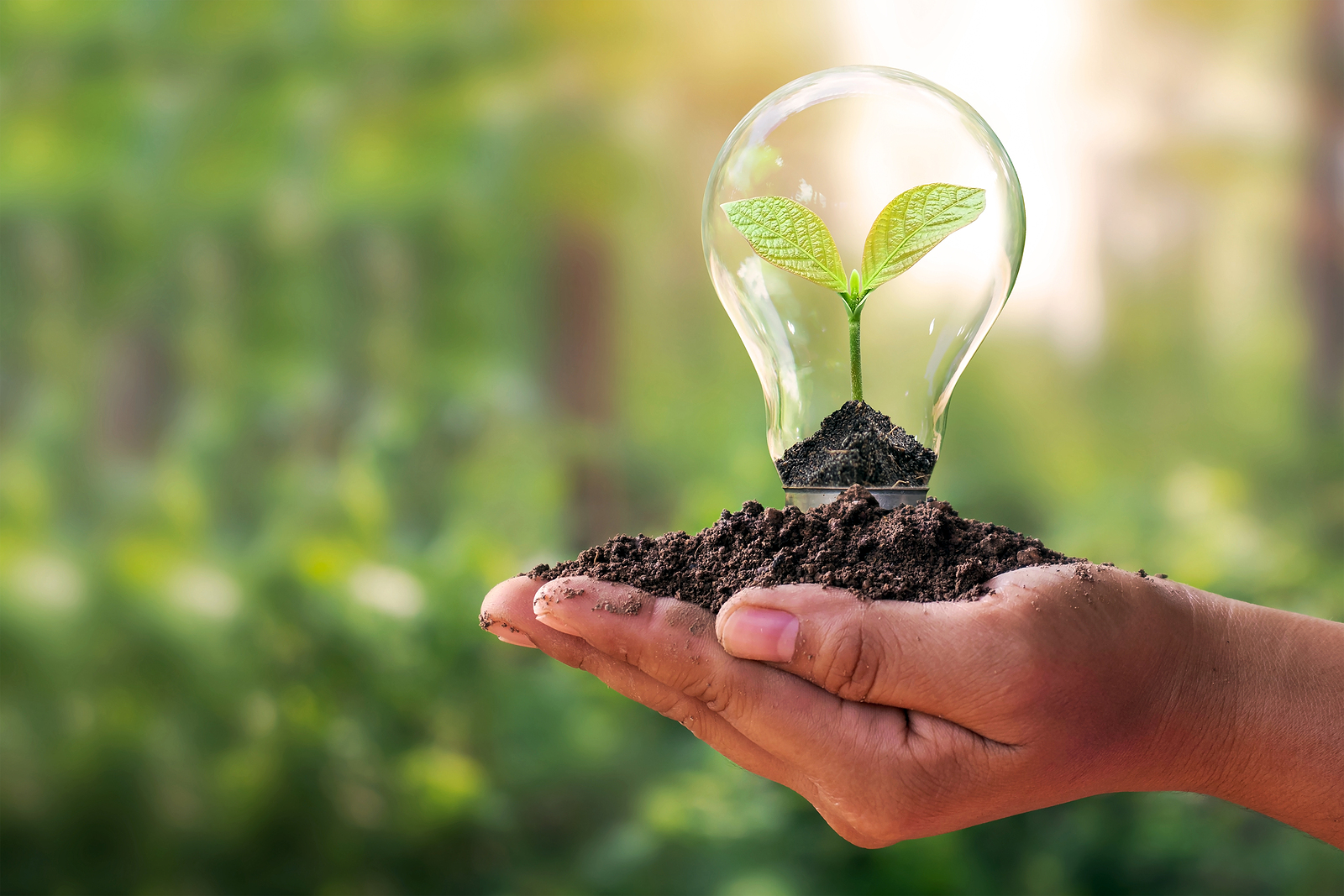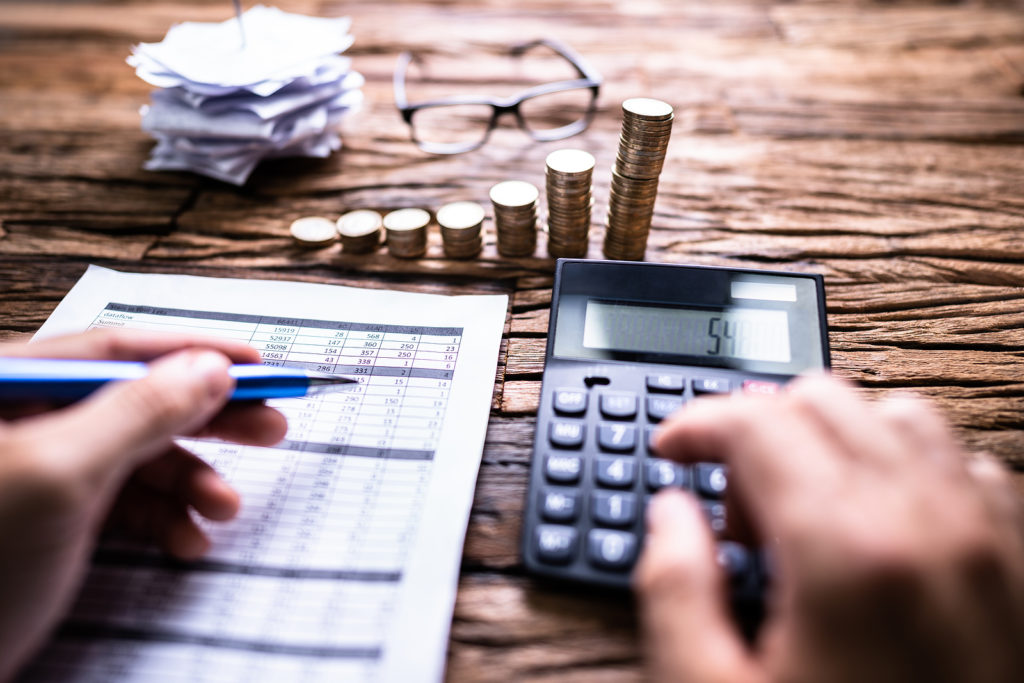Energy conservation is an important part of a city’s efforts to reduce consumption and increase efficiency. The energy conservation challenge has been met by communities working in concert with other utilities, individuals, businesses and various organizations.
To achieve the requirements set out by Code of Iowa Sections 476.6(16)(c) and 476.47, all Iowa electric utilities are required to offer an alternate green energy purchase program to their customers. The program must be based on energy produced by newly created alternate green energy production facilities in Iowa. According to Code Section 476.47, “The program is intended to promote the development of new alternate energy resources in Iowa, and to be a supplement to other existing renewable resources.”
Code Section 476.6 lays out mandatory assessment and reporting for each municipal electric and gas utility. Each utility is to estimate their cost-effective energy efficiency potential and establish goals and programs to achieve those goals. The Non Rate-Regulated Energy Efficiency Plan needs to be filed with the Iowa Utilities Board by January 1 of each even-numbered year.
Program Components
To accomplish these goals, the programs offered by each municipal utility target residential, commercial and industrial users in different ways. Municipal utilities are also very active in educating their customer base, conducting assessments and finding efficiencies internal to their city organization and all municipal utilities. Similar to their commercial counterparts, several programs are central to municipal utility energy efficiency programs. For example, most utilities include a combination of consumer education, finding efficiencies in residential, commercial, industrial and street lighting, Energy Star appliance incentive programs, increasing efficiency in heating, cooling and water heater appliances, commercial and industrial motors, drives and generators. Many utilities have teamed up with local community action groups to assist with winterization programs. Trees Forever and Iowa State Extension Master Gardeners also partnered with communities to create winter wind breaks and summer shade tree programs.
Single Family Homes
For residential customers, utilities often have two areas of focus: retrofitting older homes and new construction. New construction rebate programs ensure energy efficiency is built into the structure rather than trying to retrofit the efficiency. Some efficiencies, such as geothermal heat pumps, may be seen as long term benefits and paybacks. However, window and tree placements can also be suggested without a great deal of cost or structural redesign.
For existing buildings and homes, many utilities offer free services to qualifying customers. Some municipal utilities offer no-charge energy audits which may include free compact florescent lamps, faucet aerators and low-flow shower heads. The audit report provided points out additional equipment change-outs, improvements and conservation practices available to the homeowner with an estimate on the associated costs and return on investments.
Many rebates are available from the utility, and some still may have a federal tax credit (check with your tax advisor). Self-assessments are also available through many Web sites which can be done by the homeowner or renter. As with the assessment, many rebate forms are also available on the municipal utility’s website.
Other qualifying programs may offer free smart or programmable thermostats, winterizing or shade tree discounts. Programmable thermostats allow the homeowner to set routines to manage their home’s heating and cooling. Smart thermostats are peak demand monitors or control devices to allow the utility to control the home’s HVAC system while demand for electricity is high. As an incentive to enroll in a peak demand response program and install a smart thermostat, eligible homeowners, businesses and landlords are often given immediate credits on their utility bills. In areas where this is not available, utilities are offering free or heavily discounted programmable thermostats.
When in the market for new household products, residents are also encouraged to look for products that have earned the Energy Star designation as they meet strict energy efficiency guidelines set by the Environmental Protection Agency (EPA) and U.S. Department of Energy and are eligible for rebates.
Insulation rebates are also very popular with municipal utilities. Although there are national and state guidelines posted at most lumber yards and home improvement centers, each municipal utility should advertise their unique requirements to receive a rebate for this home energy improvement.
Multifamily Residences and Small Businesses
For multifamily residential units or small businesses, many rebates similar to the single family residential are listed on the community’s Web site but may require a separate application.
In most cases, additional incentives are available because these structures offer unique opportunities when larger usage is controlled by one or centrally located meters. Commercial lighting, furnaces, boilers, air conditioners, ice makers and kitchen equipment and appliances are some of the areas targeted for energy conservation for small businesses.
Commercial and Industrial Buildings
Some municipal utilities partner with local businesses and banks to offer loans or cash back options to qualified businesses to encourage implementation of energy efficient measures to existing and expanding facilities.
To qualify for energy savings or rebates, the larger businesses and industrial projects will likely be required to seek independent energy auditors or engineering firms who possess technical expertise to assess options for the specified processes of their businesses. But beyond the manufacturing processes unique to each business or industry, the core incentives of education, lighting, Energy Star appliance incentive programs, increasing efficiency in heating, cooling, water heating appliances, commercial and industrial motors, drives and generators are still offered. In many communities, one large industrial user consumes a major portion of the required capacity so energy efficiencies are critical to achieving the utility’s established goals.
Future Considerations
Once the proposed goals are achieved, however, the municipal utility cannot sit back and consider the job done. Finding more efficiencies and consumption reduction schemes is an ongoing task. As time goes by market changes will occur, new regulations enforced, lifestyles, demographics, technology changes and economic challenges will impact the assessments established only a few years ago. In order for cities to continue finding more ways to “go green” and become even more energy efficient, these challenges will spill into more aspects of city service delivery. Cooperation and collaboration may be required to increase energy efficiency. Regional and statewide bidding and purchasing is just one way that cities continue to band together to offer various program incentives.






